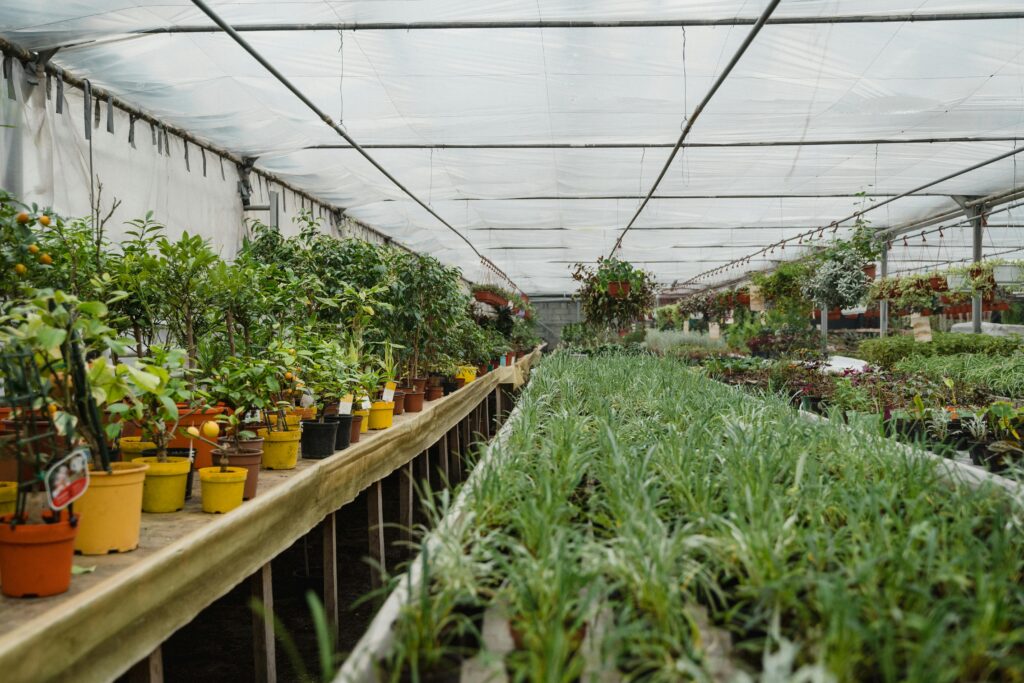In the realm of culinary arts and healthy living, few things enhance dishes and elevate flavors quite like fresh herbs. Whether you’re a seasoned chef or a home cook looking to enhance your dishes, starting your own herb garden can be a rewarding and surprisingly simple endeavor. Not only does it provide a convenient source of fresh ingredients just steps away from your kitchen, but cultivating herbs at home also allows you to explore a variety of flavors and aromas that are not always readily available in stores. Here’s your comprehensive guide to getting started with herb gardening at home.
Choosing the Right Herbs
Before you dig into the soil, consider which herbs will thrive best in your climate and gardening space. Popular choices for beginners include versatile herbs like basil, parsley, mint, chives, and thyme. These herbs are generally low-maintenance and adaptable to various growing conditions, making them ideal for both indoor and outdoor gardens. If you have limited space, herbs like basil and parsley can flourish in containers on sunny windowsills, while herbs like mint and chives can spread out in garden beds or larger pots.
Preparing Your Herb Garden
The key to a successful herb garden lies in the preparation of the soil and choosing the right location. Most herbs prefer well-draining soil that is rich in organic matter. Ensure your garden bed or containers have adequate drainage to prevent waterlogging, which can lead to root rot. If planting in pots, choose containers with drainage holes and use a quality potting mix designed for herbs or vegetables. For outdoor gardens, select a sunny spot with at least 6-8 hours of sunlight daily. Herbs thrive in warmth and sunlight, so a south-facing location is often ideal.
Planting and Care
Once you’ve selected your herbs and prepared your garden space, it’s time to plant. Begin by gently loosening the soil and planting herb seedlings or seeds according to package instructions. Water thoroughly after planting to settle the soil around the roots. Regular watering is crucial, especially during dry spells, but be cautious not to overwater. Herbs generally prefer slightly drier conditions once established. Mulching around the plants can help retain moisture and suppress weeds.
Harvesting and Using Fresh Herbs
One of the greatest joys of herb gardening is harvesting your own fresh herbs for culinary or medicinal purposes. Most herbs can be harvested once they reach a height of 6-8 inches. Use sharp scissors or pruning shears to snip leaves or stems just above a leaf node, which encourages new growth. Regular harvesting promotes bushier, more productive plants. Fresh herbs can be used immediately in cooking or preserved for later use by drying or freezing.
Troubleshooting Common Issues
Like any garden endeavor, herb gardening may encounter challenges such as pests, diseases, or nutrient deficiencies. Monitor your plants regularly for signs of pests like aphids or fungal diseases. Organic pest control methods, such as neem oil or companion planting with pest-repellent herbs like basil or rosemary, can help manage common issues without resorting to harsh chemicals. Ensure proper spacing between plants to promote good air circulation, which reduces the risk of fungal diseases.
Enjoying the Fruits of Your Labor
Whether you’re savoring the delicate fragrance of fresh basil in a Caprese salad or brewing a soothing cup of peppermint tea, herb gardening offers a myriad of rewards. Beyond culinary delights, cultivating herbs at home fosters a deeper connection to nature and a sense of accomplishment as you witness your garden flourish. With a bit of planning, patience, and tender care, you can enjoy a steady supply of fresh herbs year-round, right from your own kitchen or garden. Embrace the journey of herb gardening and discover the joys of growing your own flavorful ingredients.










